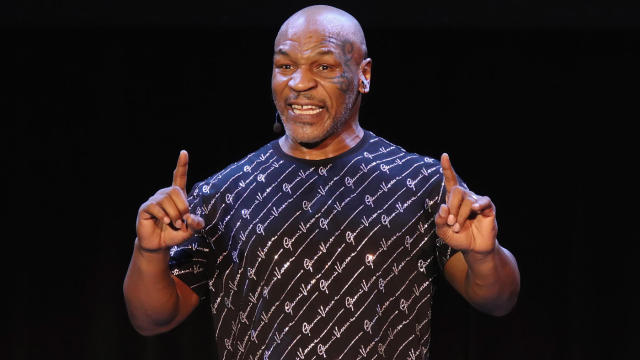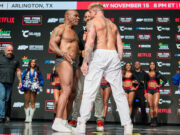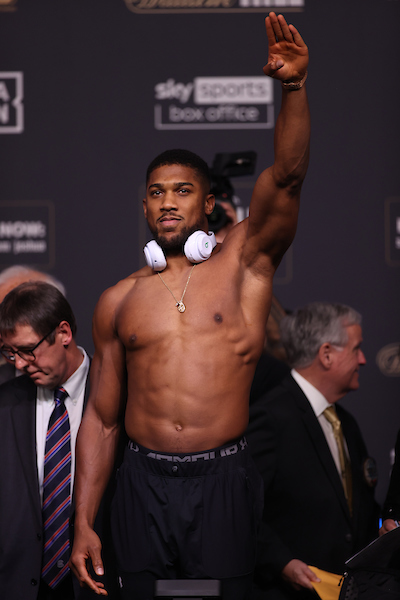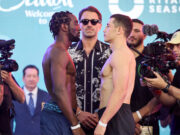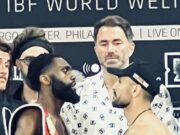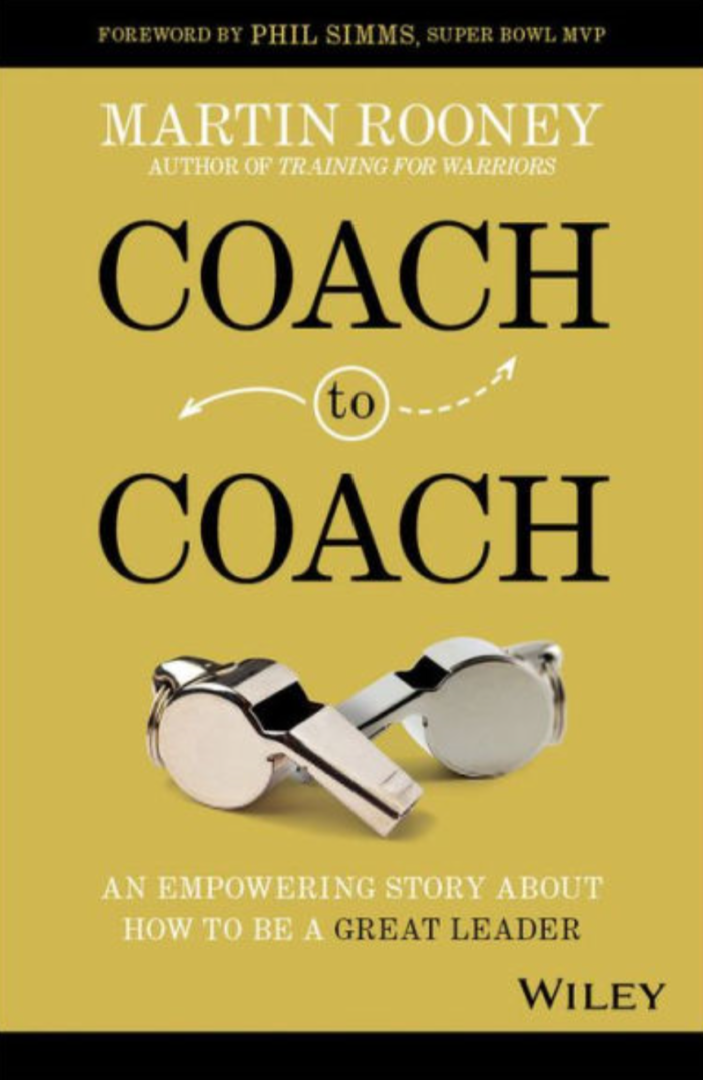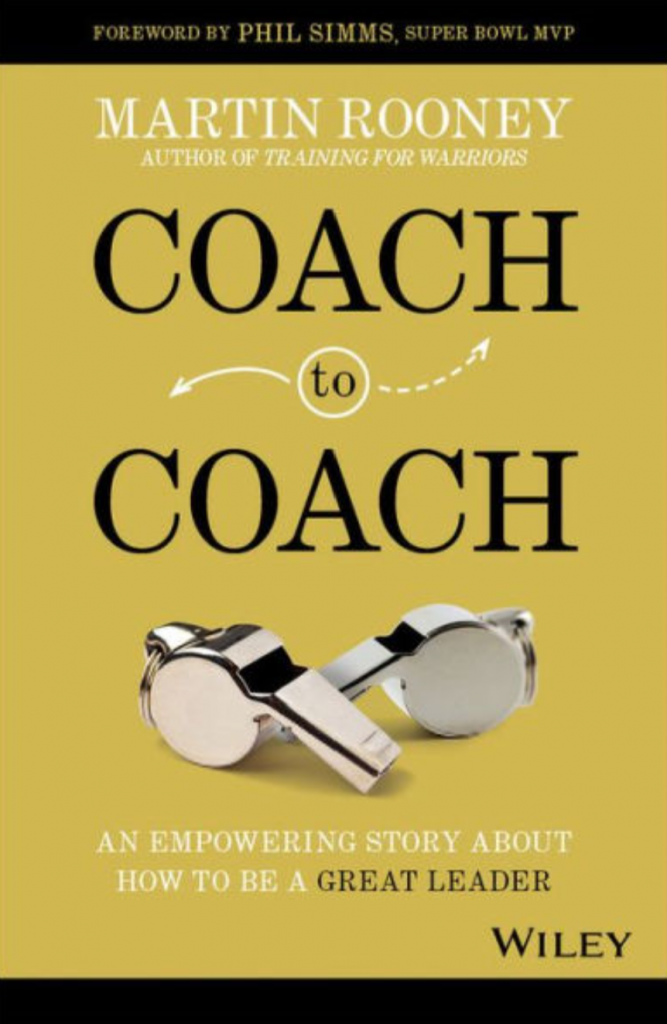
By Bart Barry
SAN ANTONIO – If writing this column in a time of quarantine has advantages they are not immediately apparent. This city has reacted quickly for a Southern one, postponing Fiesta – our admittedly incongruous celebration, wherein a majority-Latinx community celebrates the taking of Texas from Mexico by playing in unfaltering rotation “Sweet Home Alabama” – which means at about half the speed of a Northern city. Looking out the kitchen window is not much fun as the coffeeshop window, even whilst sipping TexaCola while Gramatik’s SB#2 saunters through AKG noise-cancelers.
There was a metered line at the entrance to the supermarket this morning, after it closed four hours early yesterday, but it wasn’t ominous as that; the stockers, too, were locked out all night and needed extra space to shelve items. The metering was done by the time I left. Here, too, there has been a run on toilet paper because everybody is doing it so it must be worth doing and one regains a sense of control when he stockpiles for his family, especially bulky, soft items.
There’s raw generational conflict on social media, and as a member of our smallest contemporary generation I find it more amusing than enkindling – greeting each day with practiced pragmatism in lieu of ideological braying. The GenX philosophy: Referee the fight, treaty with the winner.
Since there’s plenty of time for reading these days and Press Box Publicity was kind enough to send a review copy of “Coach to Coach: An Empowering Story About How to Be a Great Leader” by Martin Rooney (Wiley, $23.00), let’s go there and see. Wherever it might wish itself shelved – “BUSINESS & ECONOMICS/Motivational” says the back flap – this book is a selfhelp work of fiction based on true events, light and breezy, its 30,000 or so words stretched ambitiously across 182 hardcover pages.
It’s a sparse sort of football-themed remake of Eliyahu Goldratt’s “The Goal” – that genrebending tale of production dynamics that save a manufacturing floor and a marriage, 15 years before “Who Moved My Cheese?” reduced American business literature to a coloring book. “Coach to Coach” feels like a book a mentor gives a young man starting-out in coaching after getting through college without reading a full-length anything. Maybe it knows its audience too well.
It also feels like this hardcover is but the opening gambit in a multimedia extravaganza, to be followed by a TED Talk, corporate speaking engagements and the ubiquitous podcast. Nothing in the book is wrong. And nothing in the book is complex. Promoters and participants in this genre would have us believe they take mankind’s greatest mysteries and distill them to their essence, roughly one mystery a week, like Gurudev channeling Sudharshan Kriya after a decade in isolation.
Unlikely. Their selfhelp magic works in inverse proportion to a reader’s experience outside the genre:
“Empathy is first about spending time thinking about where someone is coming from. Only then can you help them get to where they want to go. And the only way to ‘hear’ where someone wants to go is to take the time to listen.”
That is an aphorism Martin Rooney’s coach, Brian Knight, writes in his coaching notebook the night before his team’s “big home game” about 4/5 of the way through his book. That it’s italicized says quite a bit.
A more sophisticated reader interested in improving himself as a coach might be better served by Nunyo Demasio’s “Parcells: A Football Life”. About six times the length of “Coach to Coach” Demasio’s exhaustive biography shows how successful a man can be manipulating young men in football equipment while laying waste to the lives of those who love him.
Ah hah, see that, “Coach to Coach” gets right to the essence in a fraction of the time!
And whither the time you save not-reading long works about complex characters?
Rooney’s story is driven by an “old coach” who appears without exposition after Brian Knight’s linebacking corps underperforms, and the old coach teaches with stories. In the spirit of that method, here’s a quick story about misplaced efficiency:
Mark kept a large dictionary on his desk in the marketing department at one of the nation’s largest insurers. One day, Billy came by and spotted the dictionary.
“Hey bro,” Billy guffawed. “What, haven’t you ever heard of Dictionary.com?”
“I have,” said Mark, a little annoyed by Billy’s question.
“We’re the same age,” Billy said, knowing he and Mark liked to flirt with Sarah, a project manager across the hall. “Why are you wasting time looking things up in a big old book?”
“Have a seat,” Mark said, offering Billy a chair. “There’s a secret I’m going to tell you.”
“Think I’ll stand if it’s all the same,” said Billy. “But tell me the secret.”
“If you only go right to the words you know you don’t know,” said Mark, “you never get a chance to see all the words you don’t know you don’t know.”
“Wow!” said Billy, with deep admiration. “I guess I never thought of it like that.”
“Happy to help,” said Mark.
“I’m going to go tell Sarah what a cool guy you are,” said Billy, giving Mark a fist-bump.
*
The truth of selfhelp books is they succeed at what they’re about, which is selling more selfhelp books. It is rare such a book leaves you feeling less than you did when you began reading it and rarer still you remember its lesson a year later. But they serve a purpose, and those of us who read often and deeply probably oughtn’t scoff often and deeply as we do at the genre. You could do much worse than spend this quarantine reading selfhelp books. You could do better, too.
Bart Barry can be reached via Twitter @bartbarry




